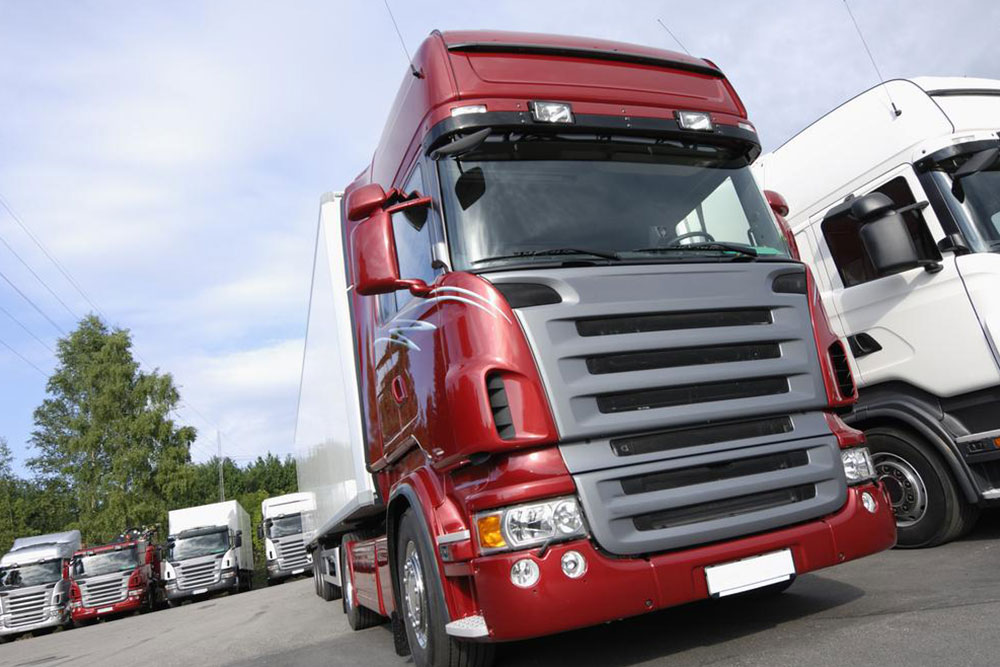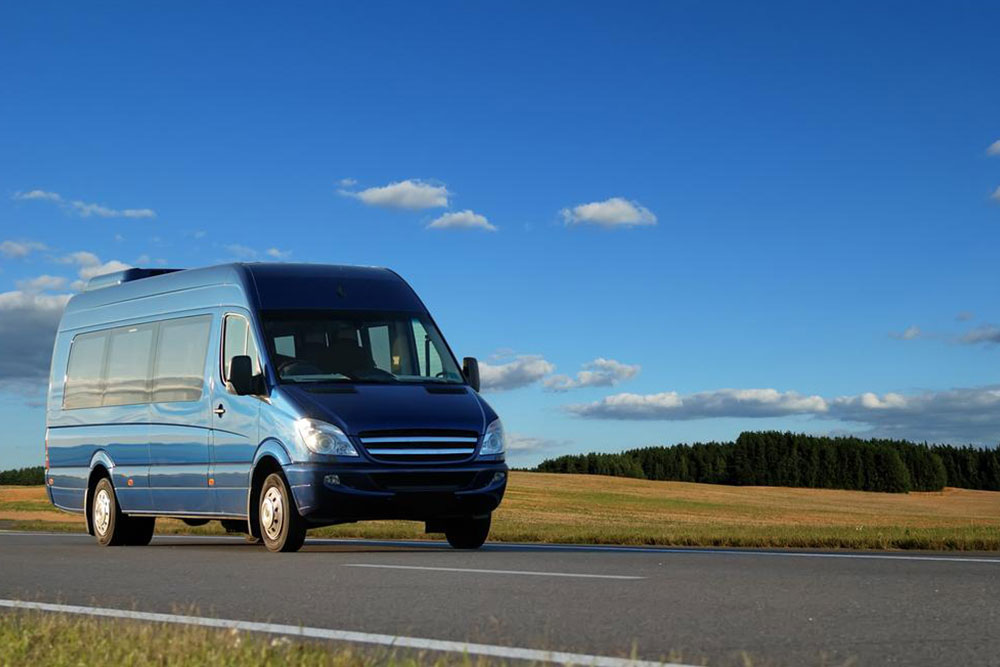Guide to Selecting the Ideal Cargo Van for Your Shipping Needs
Discover how to select the perfect cargo van for your business or personal load requirements. This comprehensive guide covers assessing cargo type and size, fuel efficiency, space, safety features, and cost considerations, ensuring you choose a vehicle that maximizes efficiency and value. Read on to make an informed decision and optimize your transportation operations.

Choosing the best cargo van tailored to your commercial or personal transportation needs can be challenging due to the wide variety of models available. Making an informed choice impacts operational efficiency, costs, and satisfaction. This guide highlights key factors to consider for selecting a cargo van that aligns with your load specifications.
1. Assess Your Cargo Requirements
1.1. Nature of Goods
Understanding your cargo type is essential: are you handling bulky items, delicate products, or temperature-controlled goods?
Different cargo types demand specific van features:
– Large Items: Require spacious interiors and organization options.
– Fragile Items: Need secure tie-downs and vibration dampening.
– Temperature-sensitive Cargo: Must utilize refrigerated vans.
1.2. Size and Weight
Estimate the typical volume and weight of your cargo. Vans are available in various sizes:
Small Vans: Suitable for lightweight loads like parcels or small tools (e.g., Nissan NV200, Ford Transit Connect).
Medium Vans: Ideal for moderate tasks such as larger equipment or catering supplies (e.g., Mercedes-Benz Metris).
Large Vans: Best for heavy or bulky items, including pallets or construction materials (e.g., Sprinter, Ram ProMaster).
2. Fuel Efficiency and Range
Operating costs are influenced by fuel economy. Review miles per gallon (MPG) ratings; diesel models generally offer better fuel efficiency and durability, though they might have higher initial prices. Consider hybrid or electric options for greener solutions and cost savings over time.
3. Cargo Space and Ease of Access
3.1. Cargo Capacity
Measure the dimensions—length, width, height—and overall cubic footage to match your cargo needs. Longer wheelbases offer increased space but may compromise maneuverability.
3.2. Accessibility Features
Quick and easy loading/unloading saves time:
– Rear and side access doors
– Low-floor designs for easier loading
– Ramps or step-in options for heavy items
4. Safety and Driving Technologies
Prioritize safety features such as adaptive cruise control, lane assist, blind-spot monitoring, airbags, stability control, and backup cameras. These features protect both the driver and cargo during operations.
5. Cost Analysis
Consider total ownership costs, including purchase price, maintenance, and fuel. Decide whether leasing or buying aligns best with your budget and usage plans; leasing offers lower payments and regular upgrades, while buying may be more economical long-term.
6. Reliability and Warranty
Choose reputable brands with high reliability ratings. Evaluate warranty coverage to safeguard against unexpected repairs, ensuring longevity and peace of mind.
7. Test Driving
Prior to selecting, take the van for a test drive to assess comfort, noise, handling, and suitability for your tasks. Practical demonstrations help make confident decisions.
In summary, selecting the right cargo van requires careful assessment of your cargo needs, vehicle features, safety, costs, and reliability. An informed choice ensures improved efficiency and value for your investment.










